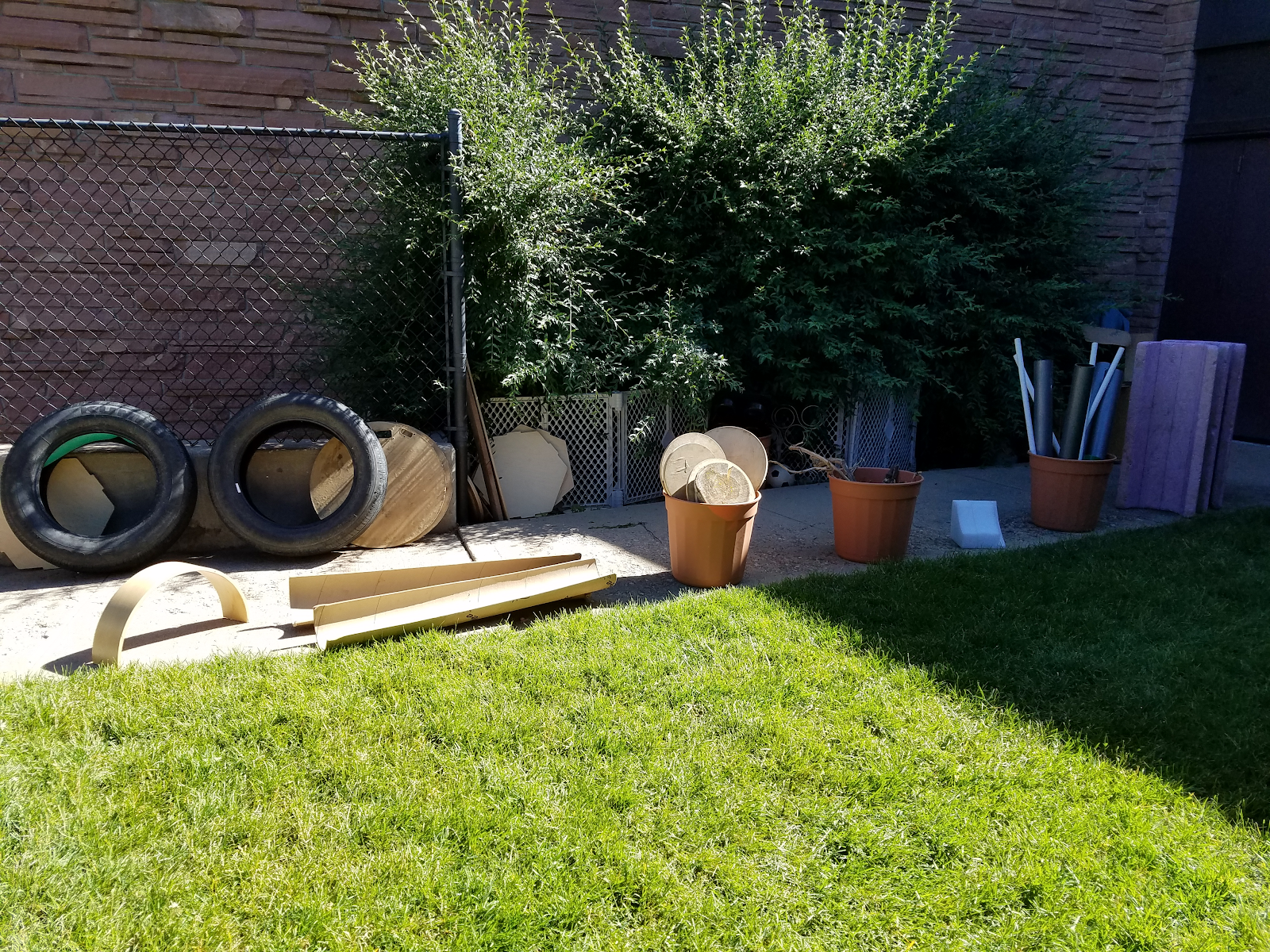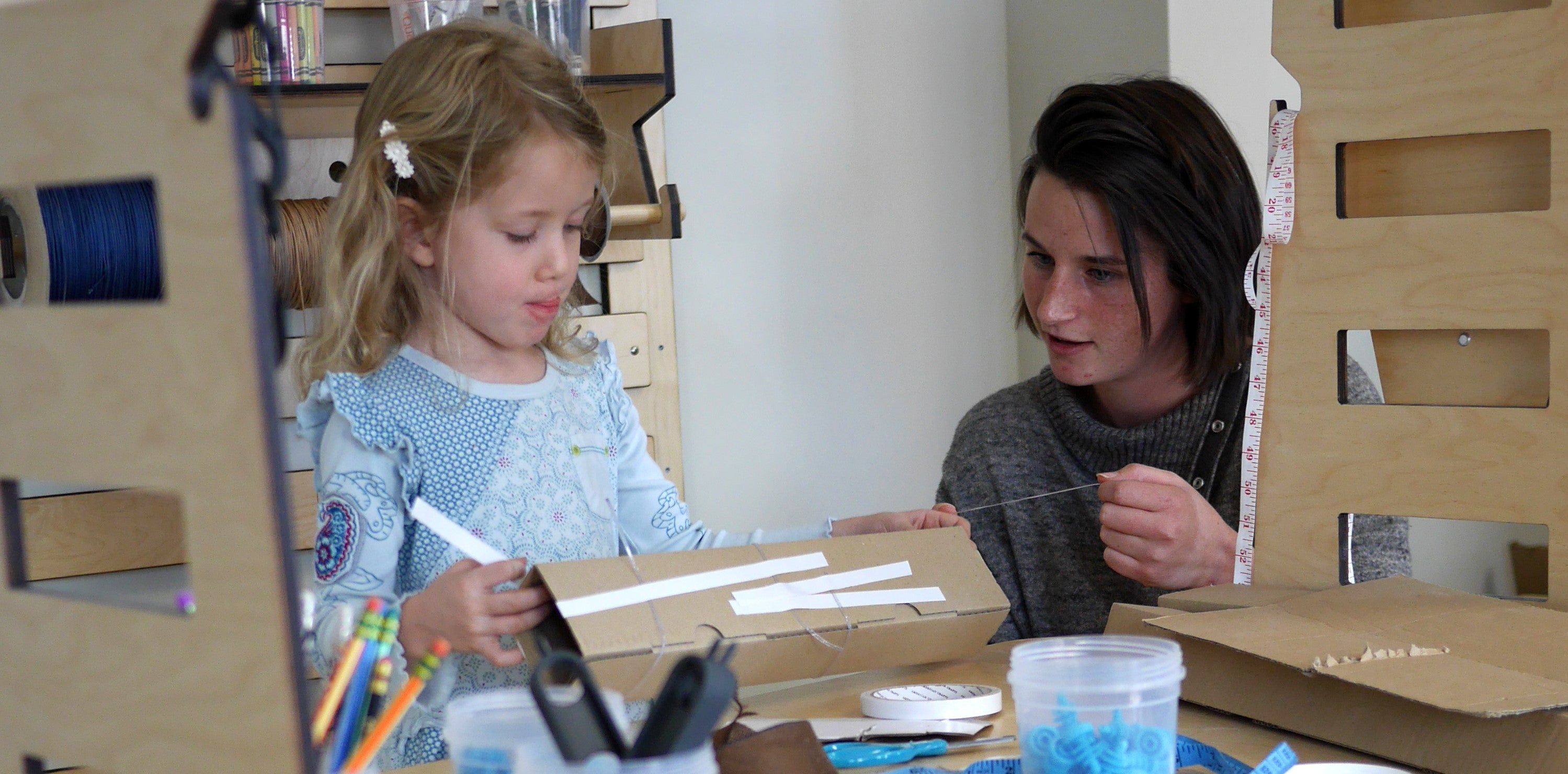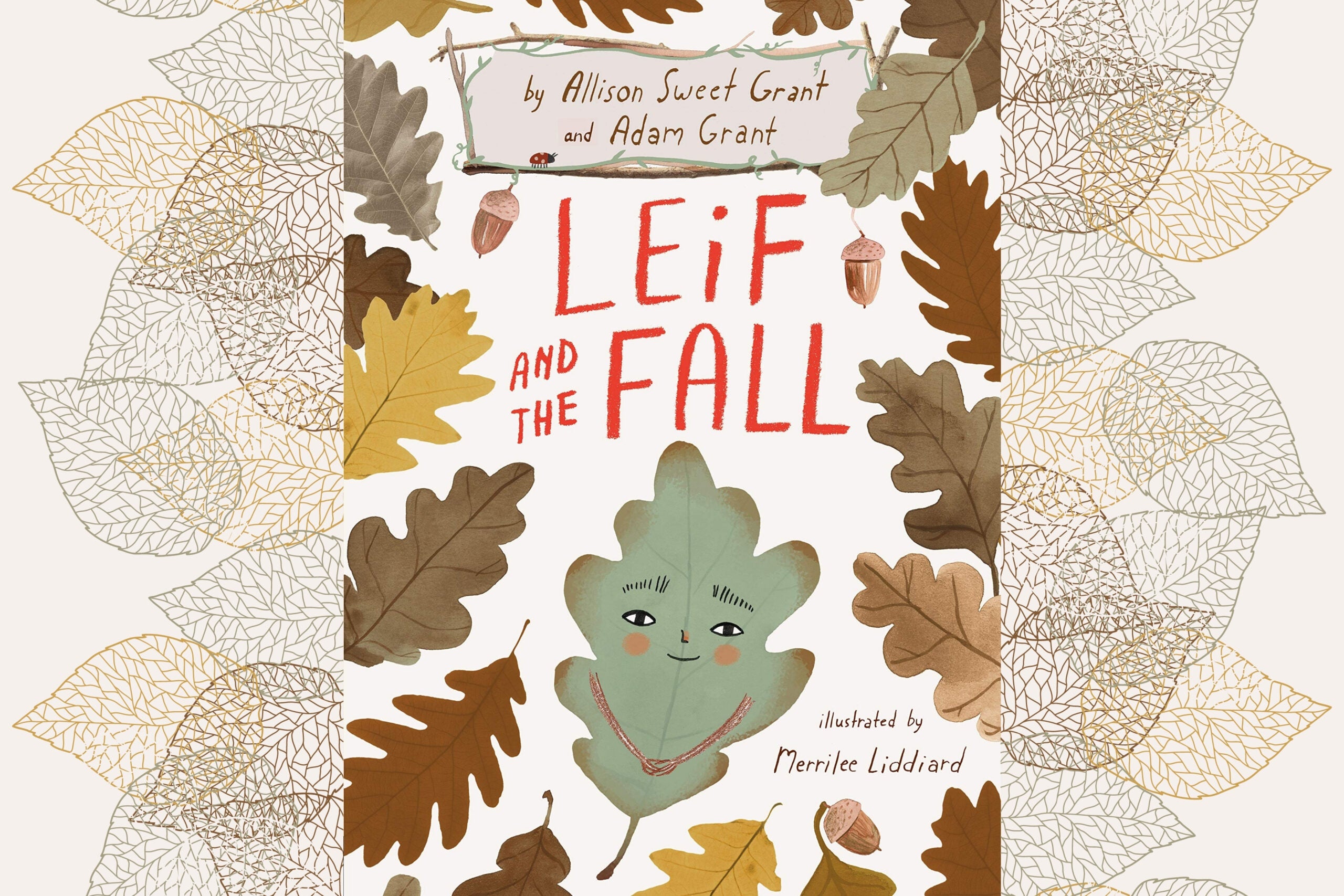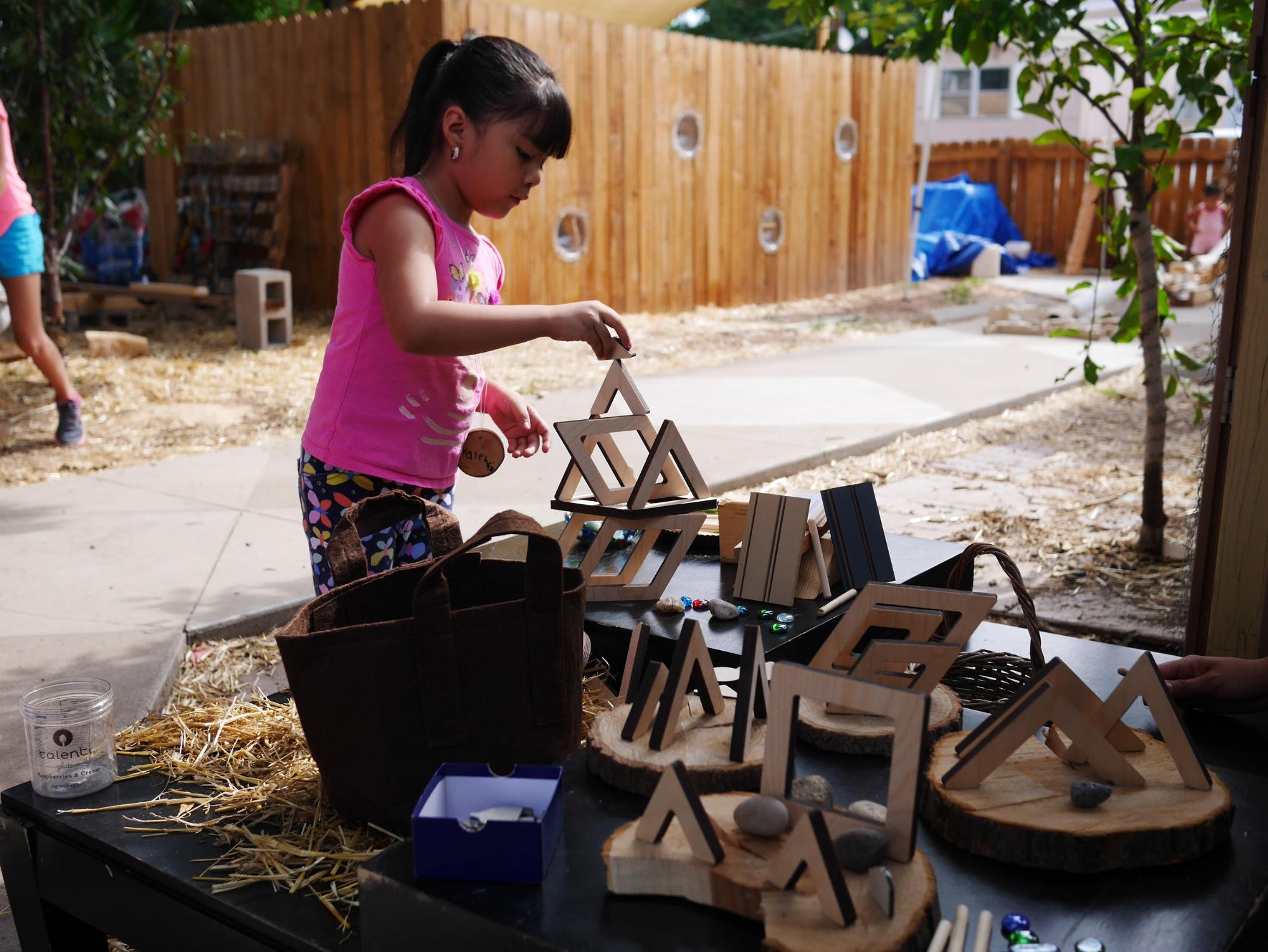Teaching Journal Notes
The oldest children in our school, who are five, love to create and test complex obstacle courses on the lawn area. The butcher paper roll boxes would make a great addition to these materials. After gathering up the boxes I set up several large parts to form a simple obstacle course. I also arranged bins full of additional materials as an invitation for the children to add to the construction.
The children arrived and ran straight to the bins to embellish the obstacle course. They dubbed it, “The Ultimate BeastMaster”. The scaffolding process evolved throughout the week.
Day 1: I made a very simple obstacle course and observed how the children added just a few parts to it.
Day 2: I placed only one type of material (the pipes) and the children extended the course on their own adding tires, wood circles, sticks, and tunnels.
Day 3: The children made a complex obstacle course completely on their own - adding a water element and a bridge!

As they jumped and balanced they also solved problems which arose from differing opinions by making some rules that everyone agreed upon:
“You do what other people do.”
“ If you touch the grass you need to start over.”
“You must touch the wall in the end.”
“You ‘gotta go speedy.”
“You can use the white pipes to balance.”
Creative. Capable. Competent.
As an educator I strive to view children through these lenses. I was thrilled for the opportunity to capture this complex process as it unfolded.
Elinor Rifkin has been teaching for 12 years. She enjoys exploring with children and is constantly in awe of their endless sense of wonder. Currently Elinor is working as an Outdoor Studio Coordinator at the Rabbi Foster ELC at Temple Emanuel in Denver, CO.




Share:
Flexible Intention Part I of III
Flexible Intention Part III of III